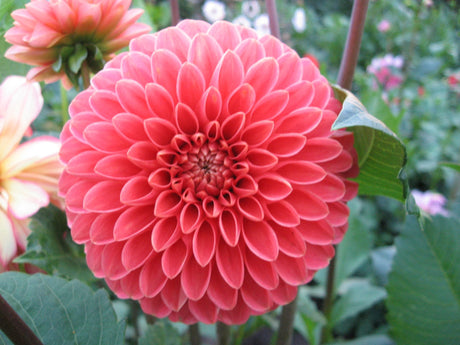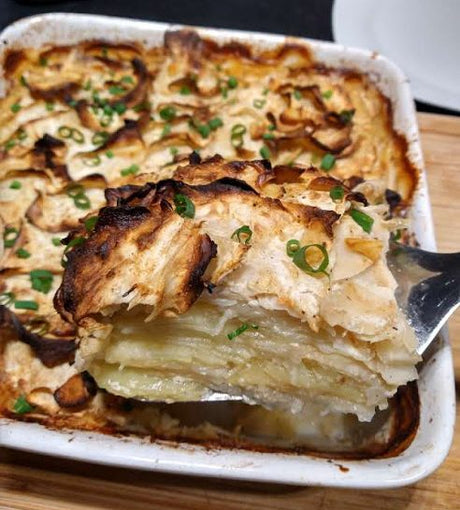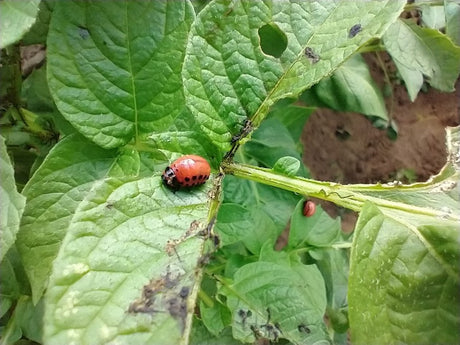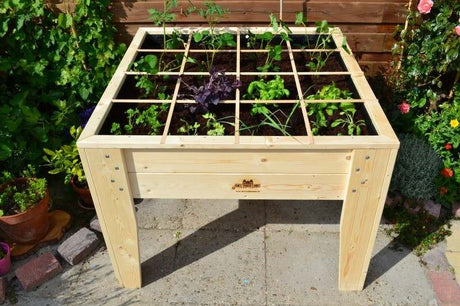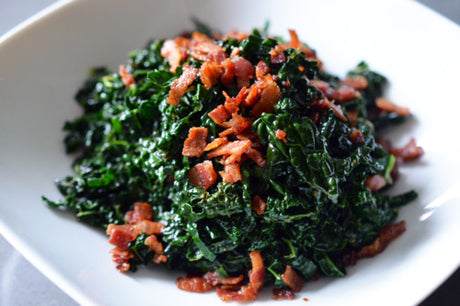Table of Contents:
Introduction
Growing melons is a real thrill. It's not just the enchanting flavor on a summer day that makes this crop fantastic. Growing melons is also a wonderful way to diversify your fruit production. Pears, apples, plums, cherries... they're always readily available in the garden or through short-chain suppliers. But most melons you find in stores are imported. With this guide, however, you can easily grow most melons yourself, tailored to your circumstances. But thanks to this article, you'll probably not be able to grow them for much longer 😉
Whether you choose to grow melons in a greenhouse, in the open ground, or even in a pot, it's possible to cultivate juicy and flavorful melons in the Netherlands and Belgium. Compared to cucumbers, melons require a different growth habit and have a sweeter flavor, while cucumbers are known for their crunch and refreshing taste. In this guide, we'll cover everything from choosing the right seeds to harvesting perfect melons.
1. Why grow melons?
Melons are incredibly versatile and deliciously sweet. Unlike cucumbers, which often have a fresh, neutral flavor and require more water, melons are distinguished by their distinct sweetness and different growing conditions. Popular varieties like Galia , Cantaloupe (also called Charentais) , and Sugar Melon are relatively easy to grow with proper care. They also make an impressive addition to any vegetable garden.
Suitable species for the Netherlands & Belgium:
- Growing Galia melon: Good tolerance to colder weather.
- Cantaloupe: Aromatic and sweet, ideal for the greenhouse.
- Watermelon: More difficult, but possible with greenhouse cultivation.
- Melon 'Oranje Ananas' : A special variety with firm, crunchy flesh and a mild, less sweet flavour, reminiscent of a cross between melon and cucumber.



